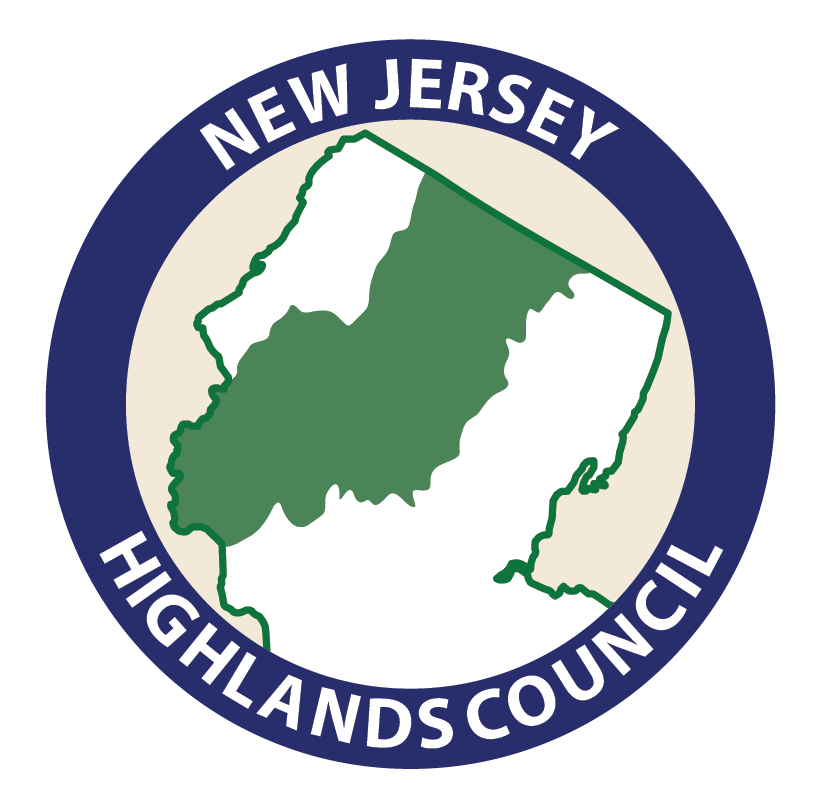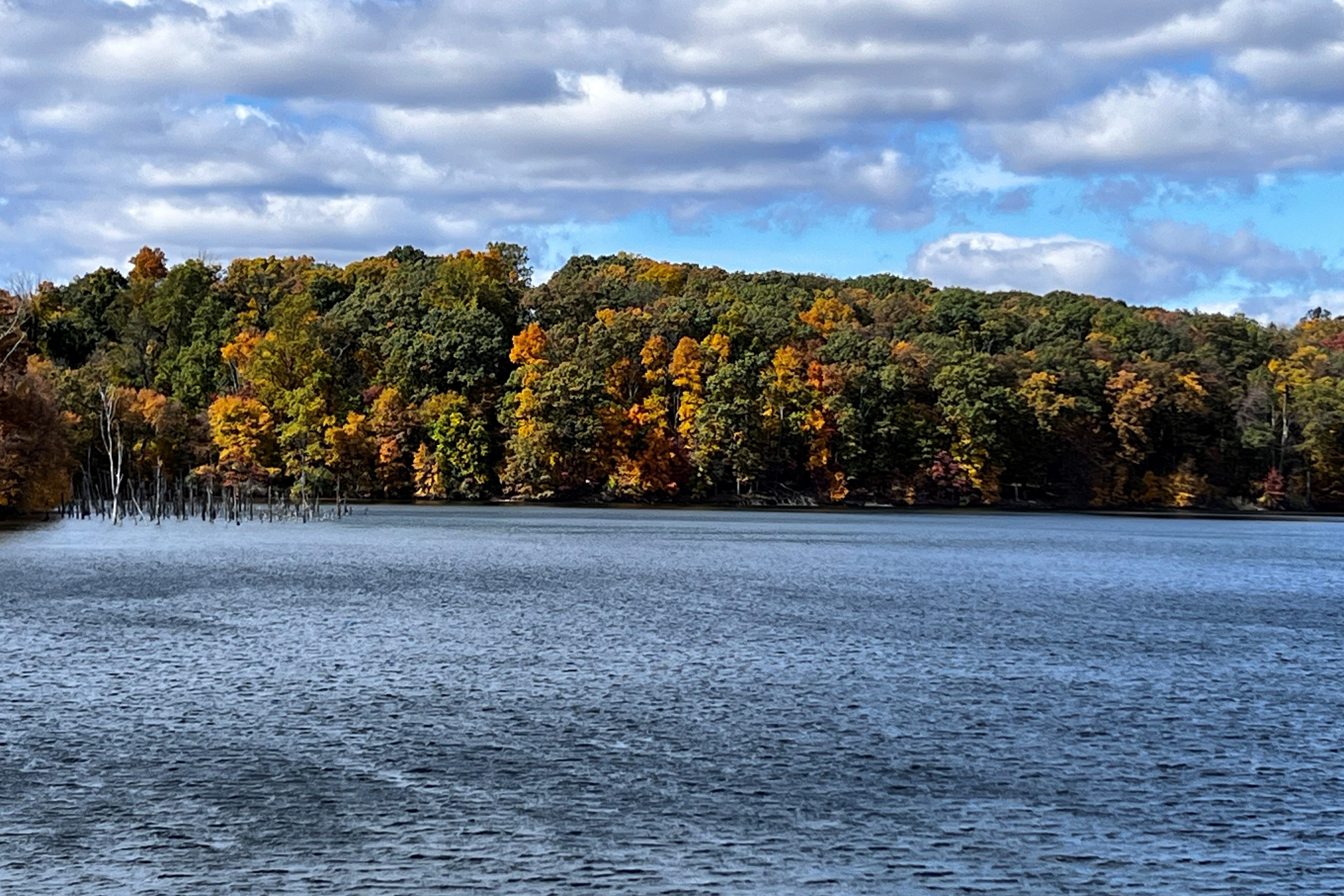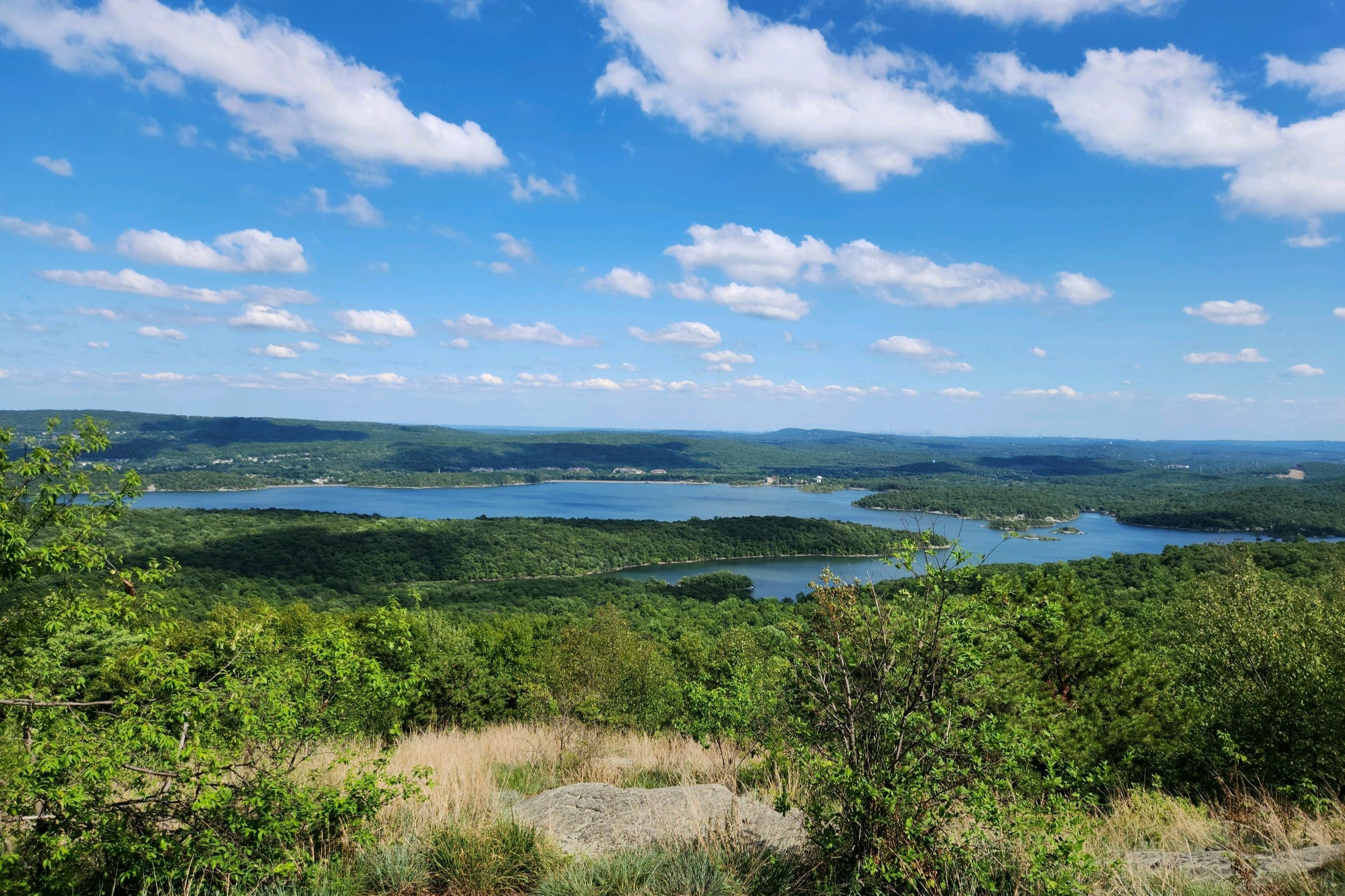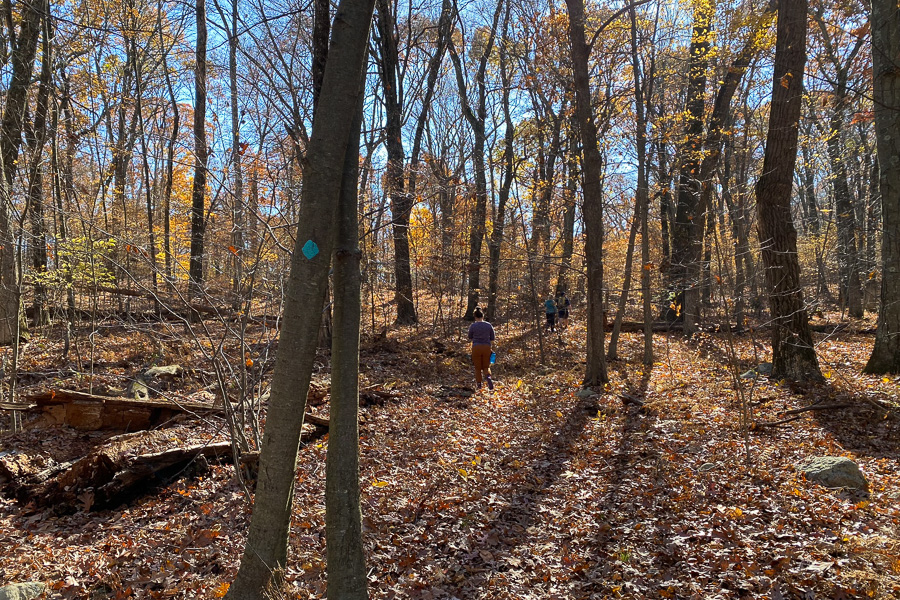More than half of the New Jersey Highlands region is forested, and because 70% of the state’s residents get some or all of their drinking water from the Highlands, management of forests in the Highlands is a matter of state-wide importance.
The Highlands Act includes an exemption for certain forestry activities as long as there is a woodland or forest management plan approved by the State Forester in place. Currently, development and review of those plans is based on the New Jersey Forestry and Wetlands Best Management Practices Manual (statewide BMPs), written in 1995.
The Importance of Highlands Forests
Since the statewide BMPs were published in 1995, in addition to the passage of the Highlands Act in recognition of the region’s critical role in safeguarding New Jersey’s water supply, there have been important advances in the field of forest management around the globe. Understanding about the impacts of climate change on forests has grown significantly in that time, and a large body of science has emerged regarding the direct connection between healthy forests and forest soils and the protection of water quality, water quantity, and water timing.
The U.S. Forest Service, the EPA, the USDA, the NRCS, the New York City Department of Environmental Protection, and states both neighboring New Jersey and across the country have embraced standards and policies that reflect the need for different practices when managing forests for water, including most notably for the protection of New York City’s water supply.
This has not yet happened in New Jersey. The role of the Highlands as a primary source of drinking water for the state’s residents calls for special provisions in the management of Highlands forests that differ from the methods used to manage forests elsewhere in the state.
 Official Site of The State of New Jersey
Official Site of The State of New Jersey


